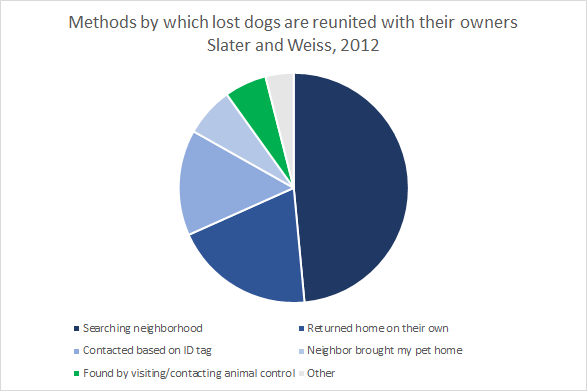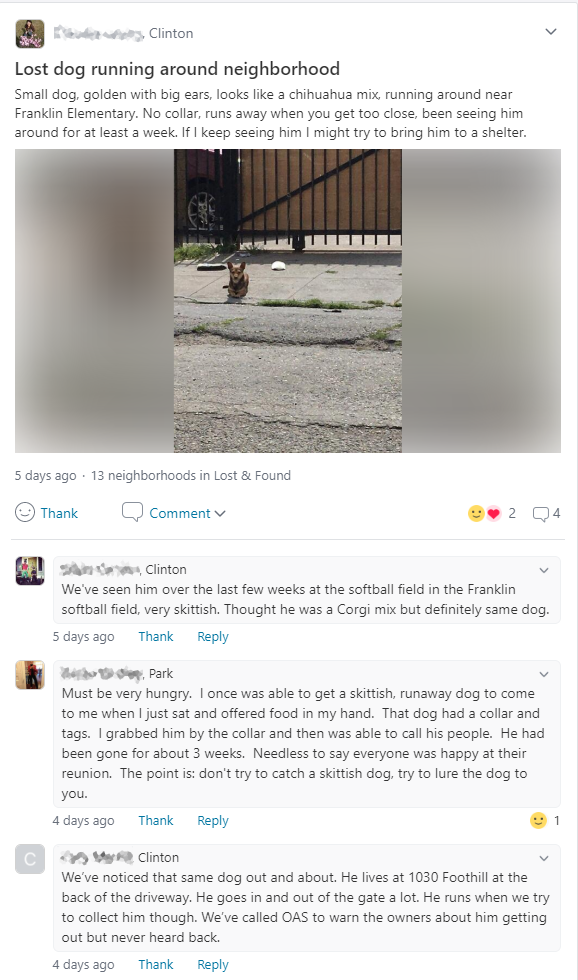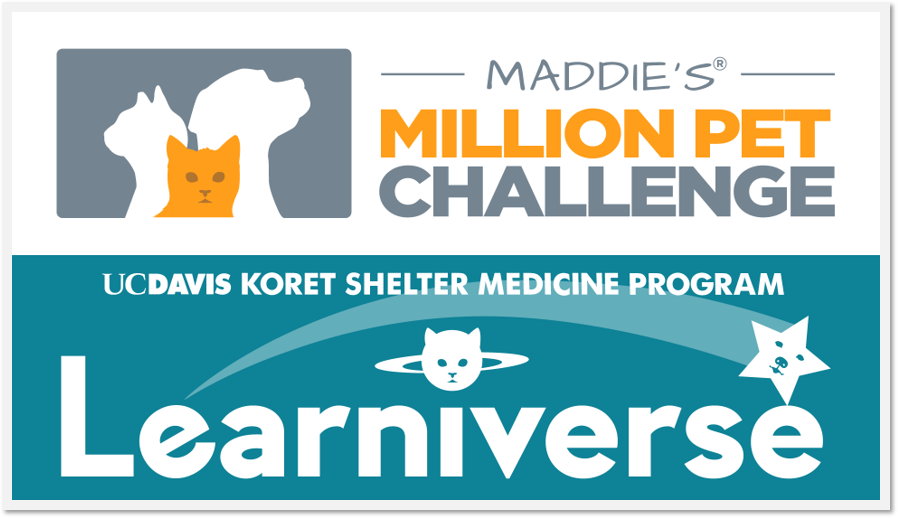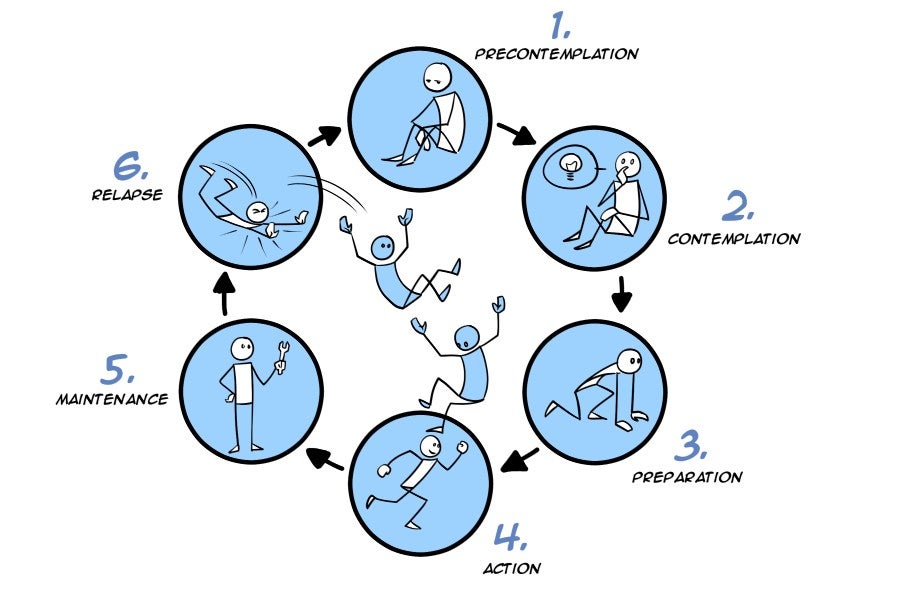BLOG – Where Are All the Strays?

People are worried. Looking at the data collected from over a thousand PetPoint shelters throughout the USA for the week of March 28-April 3, revealed remarkable drops in both intake and outcomes. In general, that made sense. In order to slow the spread of COVID-19, many shelters were open to the public for emergencies only, and communities had really stepped up to foster, opening space in the shelters in preparation for a possible onslaught of intakes when the pandemic peaks. But why was there a 47% drop in stray intakes since the start of the pandemic? Were thousands of stray dogs and cats suddenly roaming the streets, injured, hungry, scared, and desperately in need of shelter?
Shelter staff know the answer to that last question is “No.” The animals are getting home without actually needing to enter the shelter at all. Thanks to social media like facebook and Nextdoor, community members are able to reunite wandering pets with their owners directly, and owners can find their lost pets quickly. A quick look at my neighborhood Nextdoor yielded three lost-and-found mini-dramas in just the last few days. One owner found her dog by driving around the neighborhood right after she posted that he’d escaped her backyard through a hole in the fence. That’s not unusual. A 2012 study by Slater and Weiss found that almost half of owners trying to find lost dogs succeeded simply by searching their neighborhood.

One finder who posted on Nextdoor brought a friendly dog inside, took some photos, and posted them. Soon after, the relieved owner wrote, “Omg he’s mine!!…You’re an amazing soul!” Our local animal control is still taking in non-emergency cases. The finder took the dog to animal control, so the owner had to go to the shelter to pick up their pet. If the shelter had suggested the finder deal with the owner directly, that would have eliminated one touch point in the transaction.
This third Nextdoor post is a great example of how a community comes together to solve the mystery of a “stray” dog:

Note a small detail in that last comment: “He goes in and out of the gate a lot.” While we might want to take this little dog’s owners aside and tell them to put a collar and tags on him, and perhaps fortify their gate with some chicken wire along the bottom, what’s worth noting is that the dog is not stray or lost; he’s just taking a solo walk around his neighborhood. In fact, “Returned on their own” makes up 20% of the “Methods by which lost dogs are reunited with their owners” pie in that Slater and Weiss study. Another 15% represents dogs who were returned by finders calling the phone number on the dog’s tags.
We’re all familiar with the statistic that cats are at least ten times more likely to get back home when they bypass the shelter entirely. From Slater and Weiss, we can infer that we never even hear about or come across most lost dogs. The truth is most companion animals never interact with a shelter, and isn’t that really what we want? We are one (vital) part of a community safety net for pets and pet owners. We always need to be able to provide a safe, healthy environment for animals in the shelter, and to protect animals and the public outside the shelter walls.
When a pandemic sharpens our focus and narrows our priorities, it can be hard to let go of the things we have been doing for years to help animals and keep our communities safe. When weighing an activity against the potential for spreading the virus that causes COVID-19, we have to ask, “Is this truly an emergency?”
Is the dog in poor body condition? Is the dog in danger? Is the dog a danger to others? If the answer to all of these questions is “No,” we can empower community members to find a solution that doesn’t include a trip to the shelter. While we don’t have any numbers around this yet, it’s worth saying that as the sheltering world has come together to share notes and compare strategies, we haven’t heard of an increase in dead animal pickups; if anything, anecdotal evidence suggests that dead animal pickups are down.
It probably helps that with their owners home, dogs have less reason to break out of their yards, and that staff now have time to triage and help pets stay in homes.
People have gotten the message that shelters have had to suspend business as usual. Communities have really stepped up to help animals in response to this pandemic: fostering rose by nearly 800% in the third week after the federal declaration, compared to the same time last year. People in front of their computers all day are using social media to stay in contact with friends…and also to return roaming pets to their owners. That frees us up to concentrate our efforts where they’re needed most.








Responses